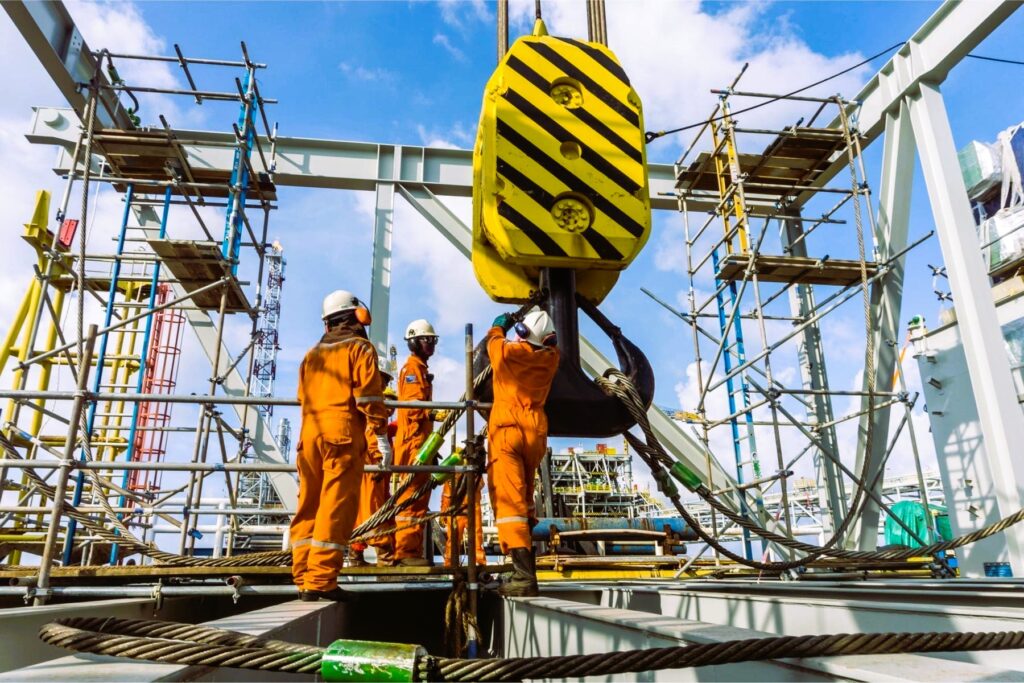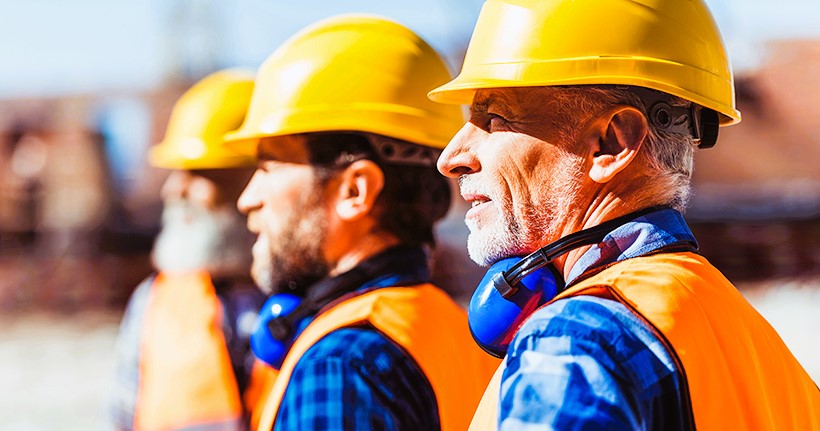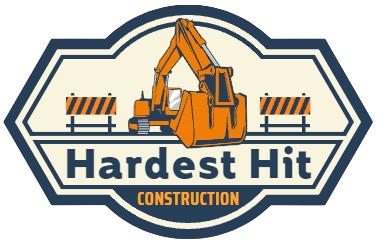In the dynamic and challenging environment of construction sites, ensuring the safety of workers is of paramount importance. The construction industry is known for its complex operations and diverse tasks, ranging from heavy machinery operation to intricate manual labor. To mitigate the inherent risks associated with construction work, adhering to essential safety practices is crucial. This guide aims to provide comprehensive insights into the indispensable safety measures that every construction worker should be familiar with.
Personal Protective Equipment (PPE):
The cornerstone of construction safety lies in the proper utilization of Personal Protective Equipment (PPE). This includes but is not limited to hard hats, safety glasses, high-visibility clothing, gloves, and steel-toed boots. PPE acts as the first line of defense against potential hazards, offering a layer of protection that significantly reduces the risk of injuries.
Fall Protection:
Construction sites often involve working at elevated heights, making fall protection a critical aspect of safety. Harnesses, guardrails, and safety nets are essential tools to prevent falls and protect workers from serious injuries. Training on the correct usage of fall protection equipment is paramount to ensure its effectiveness.

Electrical Safety:
Electrical hazards are omnipresent in construction sites, and it is imperative for workers to be well-versed in electrical safety practices. This includes proper handling of electrical tools, the use of Ground Fault Circuit Interrupters (GFCIs), and identifying potential electrical hazards to avoid accidents.
Heavy Machinery Operation:
Construction sites rely heavily on the operation of various heavy machinery such as cranes, excavators, and bulldozers. Proper training and certification are essential for workers involved in machinery operation. Adherence to safety protocols, regular equipment inspections, and clear communication among operators contribute to accident prevention.
Tool Safety:
Hand tools are commonplace on construction sites, and ensuring their safe usage is vital. Workers should be trained to handle tools correctly, including proper storage, regular maintenance, and the use of appropriate personal protective equipment when operating tools. The influence of technology on modern construction, more details in the article about trends and innovations.
Fire Safety:
Construction sites are susceptible to fire hazards due to the presence of flammable materials and equipment. Implementing fire safety measures, including fire extinguisher placement, emergency evacuation plans, and fire safety training, is crucial to mitigate the risks associated with fires.
Communication and Signage:
Clear communication is essential to prevent misunderstandings that could lead to accidents. Utilizing signage to indicate potential hazards, restricted areas, and safety procedures helps create a safer working environment. Additionally, effective communication among workers and supervisors is paramount for a cohesive safety culture.
Emergency Response Planning:

Every construction site should have a well-defined emergency response plan in place. This plan should include procedures for various emergencies, such as medical incidents, fires, and natural disasters. Regular drills and training sessions ensure that workers are prepared to respond appropriately in case of an emergency.
Conclusion
In conclusion, the implementation of essential construction safety practices is fundamental to creating a secure working environment for all construction workers. By prioritizing personal safety, adhering to proper procedures, and staying informed about industry standards, construction sites can significantly reduce the occurrence of accidents and injuries.
For more detailed information on construction safety standards, readers are encouraged to refer to reputable sources such as the International Organization for Standardization (ISO), the Canadian Centre for Occupational Health and Safety (CCOHS) at canada.ca. These organizations provide valuable resources and guidelines to further enhance construction safety practices.




